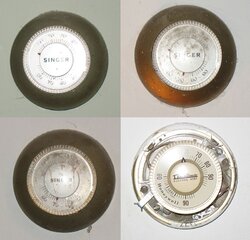An insulated Class A gives you a quick heat up, but does not retain the heat, is cool after the fire is out, risking a "Tail out"
A solid masonry takes some time to get up to temp, but will keep the flue ward and a draft going, even as the fire dies out.
Which way would you go ?
A solid masonry takes some time to get up to temp, but will keep the flue ward and a draft going, even as the fire dies out.
Which way would you go ?



